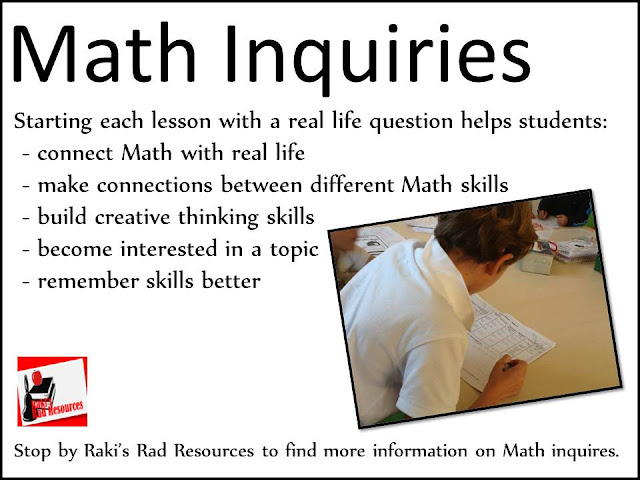I have just finished my first PYP (Primary Years Program) class. If you are unfamiliar with PYP, it is the precursor program to the IB (International Baccalaureate) high school diploma. It is geared for Pre K – 5th grade (Nursery – Year 6) and is based in inquiry learning. Most of student learning – especially within Science and Social Studies – in a PYP classroom should stem from questions that students have.
When you think of this age level, having student questions lead learning makes complete sense. It is the reason that “Unschooling” is so popular with homeschooling in the US. Kids have questions, lots of them. On their quests to find the answers to these questions, they learn more than they ever could by us modeling and talking to them. Also, if the topic interests them, students are more likely to remember what they have learned.
As much as I like and believe in this system of unschooling and inquiry learning, I teach in the real world where there are certain things that have to be taught, no matter if we like them or not, no matter if we have questions about them or not. So, as I was finishing up my PYP class, I started brainstorming how I could mix what I HAVE to teach and how I WANT to teach.
This is how I decided to do “Monday Math Inquiries”. While this name sounds fancy, this really just means that on Monday we start out with a question or a real life use for whatever we are learning about that week in math. For example, this week we learned about doubling and halving. So my students started on Monday with these questions:
 Year 3 (2nd grade): We have 2 baskets. If we put 46 apples in each basket, how many apples do we have all together? If we split 46 apples between the two baskets, how many apples go into each basket?
Year 3 (2nd grade): We have 2 baskets. If we put 46 apples in each basket, how many apples do we have all together? If we split 46 apples between the two baskets, how many apples go into each basket?Year 4 (3rd grade): We have 2 baskets. If we put 246 apples in each basket, how many apples do we have all together? If we split 246 apples between the two baskets, how many apples go into each basket?
Year 5 (4th grade): A new video games costs £22.50. The video game is on sale for half off, how much will it cost? How much will two video games cost?
Year 6 (5th grade): A new video games costs £32.34. The video game is on sale for half off, how much will it cost? How much will two video games cost?
I plug these questions into my Differentiated Problem Solving Sheet and students spend the first 30 minutes trying
 to solve the problem. After students have made a good attempt at working with the new concept, we added our Reference Sheet to our Interactive Math Notebooks and model how to double and half numbers. Then, for homework students watch videos of tutorials on doubling and halving that I have linked to for them. (For more on the videos I use – check out this post on my Math Video Collaborative Google Doc.)
to solve the problem. After students have made a good attempt at working with the new concept, we added our Reference Sheet to our Interactive Math Notebooks and model how to double and half numbers. Then, for homework students watch videos of tutorials on doubling and halving that I have linked to for them. (For more on the videos I use – check out this post on my Math Video Collaborative Google Doc.) By allowing students time to “inquire” before I teach, I have found that students are making more connections with what I teach and remembering the concept better. I’m sure this is not true inquiry, but it does make a difference in my classroom, and at the end of the day that’s all that matters!
How do you use inquiry in math?



No comments:
Post a Comment